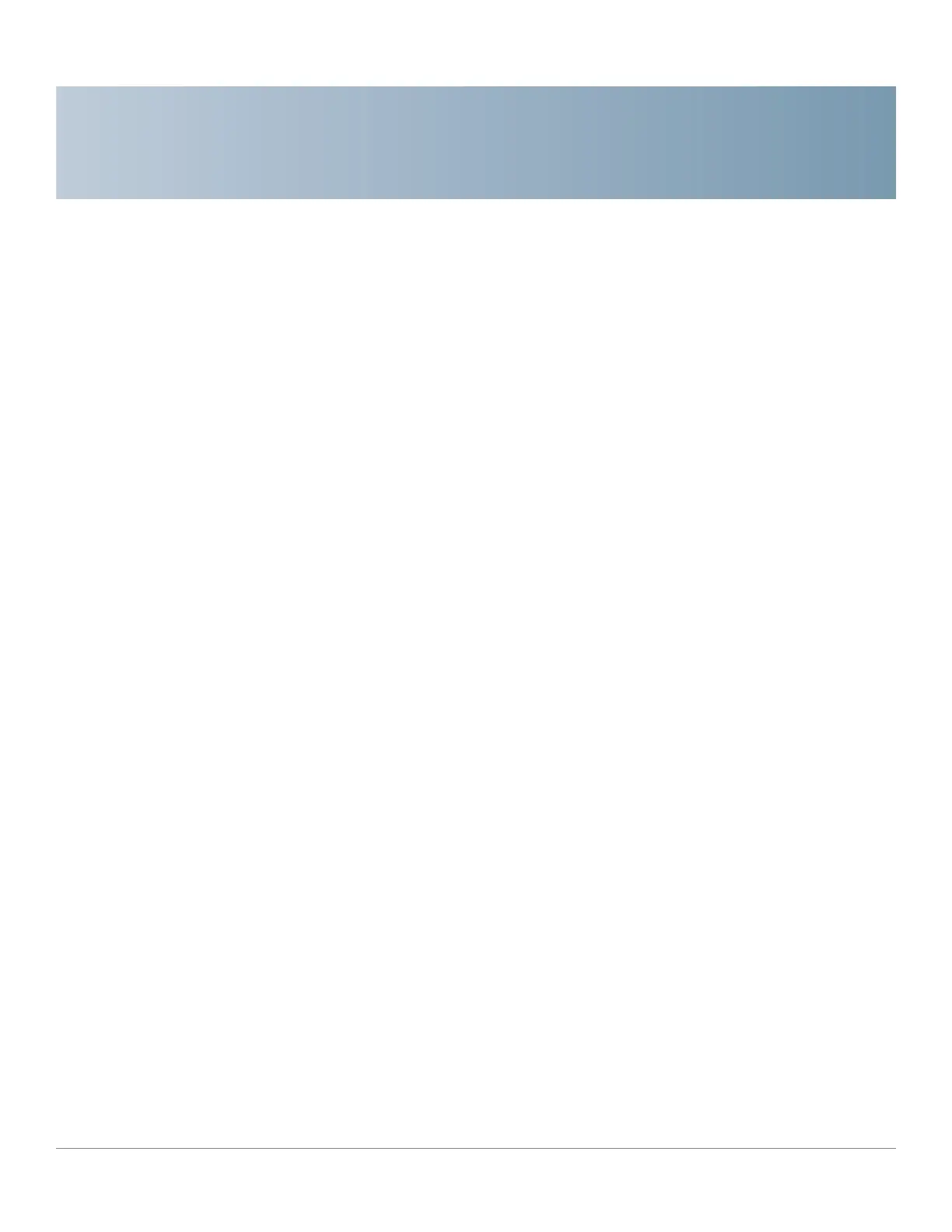5
Cisco RV132W ADSL2+ Wireless-N and RV134W VDSL2 Wireless-AC VPN Router Administration Guide 85
Firewall
You can secure your network by creating and applying the rules that the device
uses to selectively block and allow inbound and outbound Internet traffic. You can
then specify how and to what devices the rules apply. To do so, you must define
the following:
• Services or traffic types that the router should allow or block. For example,
web browsing, VoIP, other standard and custom services that you define.
• Direction of traffic by specifying the source and destination; this is done by
specifying the From Zone (LAN/WAN/DMZ) and To Zone (LAN/WAN/DMZ).
• Schedules as to when the router should apply the rules.
• Keywords (in a domain name or URL of a web page) that the router should
allow or block.
• Rules for allowing or blocking inbound and outbound Internet traffic for
specified services on specified schedules.
• MAC addresses of devices whose inbound access to your network the
router should block.
• Port triggers that signal the router to allow or block access to specified
services as defined by a port number.
• Reports and alerts that you want the router to send to you.
You can, for example, establish restricted-access policies based on the time-of-
day, web addresses, and web address keywords. You can block Internet access
by applications and services on the LAN, such as chat rooms or games. You can
block specific groups of PCs on your network from being accessed by the WAN
or public DMZ network.
